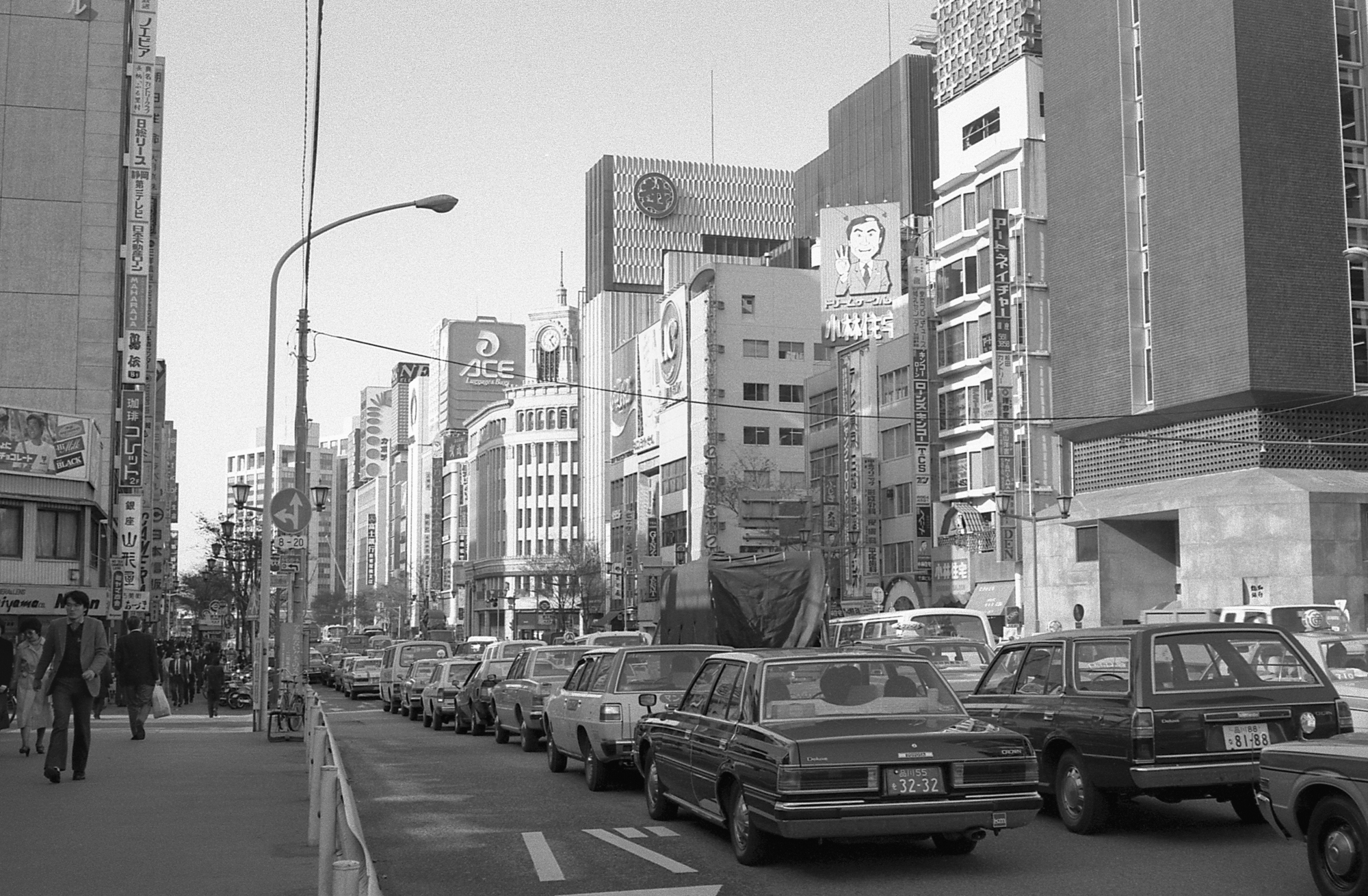The sōgō shōsha's organization and business model is unique to Japan. This is, for the most part, because they are a reflection of Japan's own unique economic development, first during the Meiji Restoration's period of rapid industrialization and commercialization aimed at building a strong military in the latter half of the 19th century and then in the intensive rebuilding of Japan's infrastructure and industry in the aftermath of World War II eventually leading to Japan's transformation as an economic superpower.
Impossible to imitate
The sōgō shōsha emerged in the post-WWII period as very large entities both in size and scope. They are extremely diversified, not only in terms of their range of products and services but industry-wise and geographically. Needless to say, they are very difficult to imitate. The first sōgō shōsha initially appeared more than 140 years ago and developed sophisticated multi-faceted functions and expertise over the ensuing years. These functions are rooted in Japan's raw-material import — value-added export trading model as well as in the sōgō shōsha's multi-industry upstream-downstream supply chains. In truth, it is virtually impossible to build these type of large-scale trading intermediary organizations from scratch.


















With your current subscription plan you can comment on stories. However, before writing your first comment, please create a display name in the Profile section of your subscriber account page.